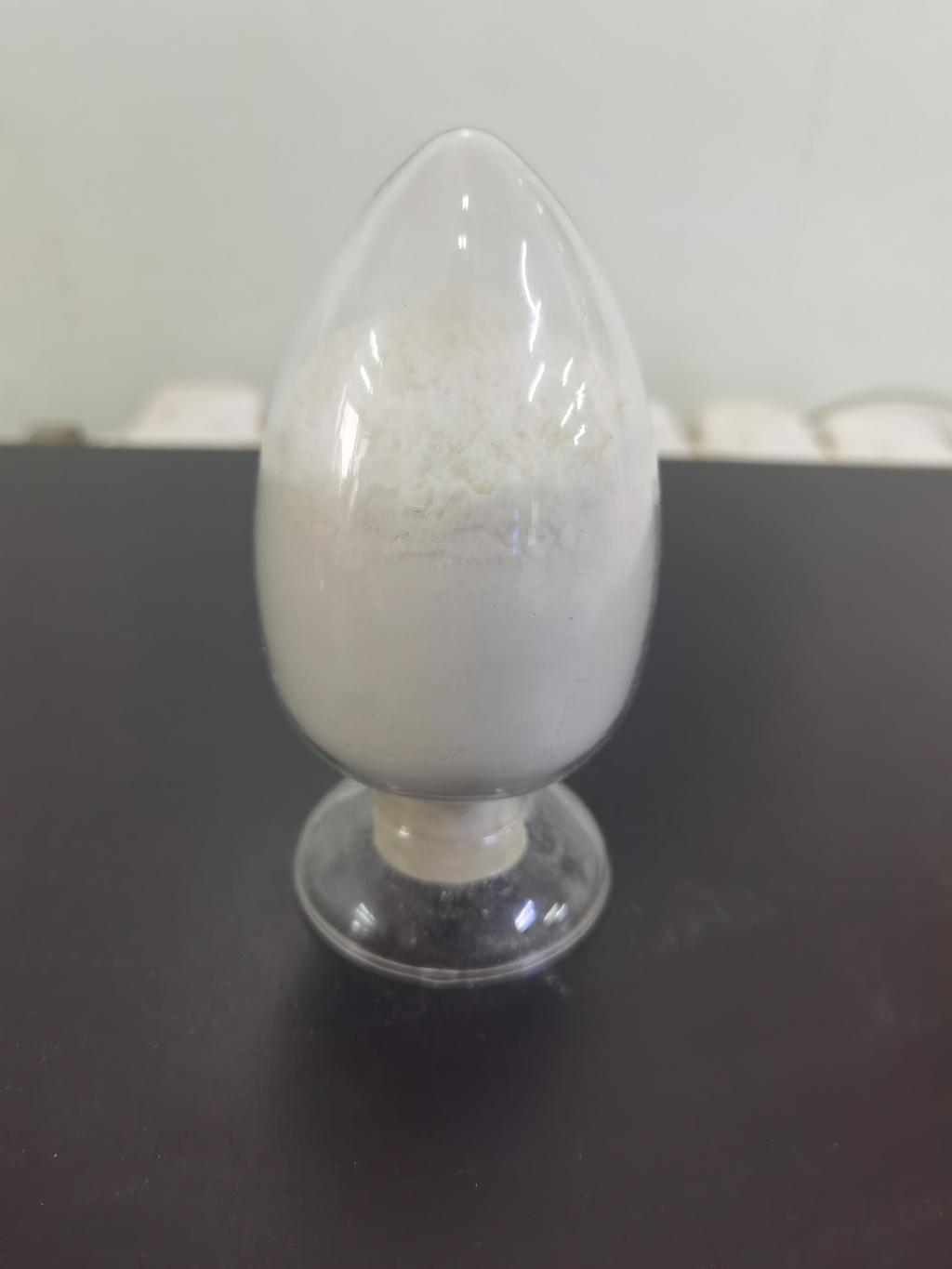Tel:+8618231198596

News
 CONTACT
CONTACT
 CONTACT
CONTACT
- Linkman:Linda Yao
- Tel: +8618231198596
- Email:linda.yao@dcpharma.cn
- Linkman:CHARLES.WANG
- Department:Overseas
- Tel: 0086 0311-85537378 0086 0311-85539701
News
ε-Polylysine hydrochloride in the preservation of dairy products.
TIME:2024-05-14
Properties of ε-Polylysine Hydrochloride:
ε-Polylysine hydrochloride is a cationic homopolymer composed of lysine residues linked by peptide bonds. It is produced by fermentation of Streptomyces albulus or other microorganisms and is generally recognized as safe (GRAS) by regulatory authorities. ε-Polylysine hydrochloride is soluble in water and exhibits broad-spectrum antimicrobial activity against Gram-positive and Gram-negative bacteria, as well as fungi and yeasts. Its stability at a wide range of pH levels and temperatures makes it suitable for various food applications, including dairy product preservation.
Mechanisms of Action:
The antimicrobial activity of ε-polylysine hydrochloride is attributed to several mechanisms. Firstly, ε-polylysine hydrochloride disrupts bacterial cell membranes by interacting with negatively charged phospholipids, leading to leakage of cellular contents and ultimately cell death. Additionally, ε-polylysine hydrochloride can inhibit microbial enzyme activity and interfere with essential metabolic processes, further compromising microbial viability. These multifaceted mechanisms contribute to the efficacy of ε-polylysine hydrochloride in inhibiting microbial growth and extending the shelf life of dairy products.
Applications in Dairy Product Preservation:
ε-Polylysine hydrochloride is widely used as a preservative in various dairy products, including milk, cheese, yogurt, and fermented dairy beverages. In milk, ε-polylysine hydrochloride can inhibit the growth of spoilage bacteria such as psychrotrophic bacteria and spore-forming bacteria, thereby extending the shelf life of pasteurized and ultra-high temperature (UHT) treated milk. In cheese production, ε-polylysine hydrochloride can help control the growth of mold and yeast during ripening and storage, preventing spoilage and preserving product quality. Similarly, in yogurt and fermented dairy beverages, ε-polylysine hydrochloride can inhibit the growth of undesirable microorganisms, ensuring product safety and stability throughout shelf life.
Impact on Product Quality:
While ε-polylysine hydrochloride primarily functions as an antimicrobial agent, its incorporation in dairy products can also influence product quality. Studies have shown that ε-polylysine hydrochloride has minimal impact on the sensory attributes of dairy products, including taste, texture, and aroma. Additionally, ε-polylysine hydrochloride does not interfere with the fermentation process or the activity of lactic acid bacteria commonly used in dairy product production. Therefore, ε-polylysine hydrochloride can effectively preserve the safety and quality of dairy products without compromising their sensory characteristics.
Regulatory Considerations and Safety:
ε-Polylysine hydrochloride is approved for use as a food additive in many countries, including the United States, European Union, and Japan. Regulatory authorities have established maximum usage levels for ε-polylysine hydrochloride in various food categories, including dairy products, to ensure its safe and responsible use. Toxicological studies have confirmed the safety of ε-polylysine hydrochloride for human consumption, with no evidence of adverse effects at typical usage levels.
Future Perspectives:
The use of ε-polylysine hydrochloride in the preservation of dairy products represents a promising approach to enhancing product safety and extending shelf life. Future research efforts may focus on optimizing ε-polylysine hydrochloride formulations and delivery systems to maximize its efficacy while minimizing its impact on product quality. Additionally, studies exploring the potential synergistic effects of ε-polylysine hydrochloride with other antimicrobial agents or preservation techniques could further improve the efficacy of dairy product preservation strategies.
Conclusion:
ε-Polylysine hydrochloride offers a natural and effective solution for preserving the safety and quality of dairy products. Its broad-spectrum antimicrobial activity, compatibility with dairy product formulations, and safety for human consumption make it a valuable tool for dairy industry professionals seeking to meet consumer demand for safe and shelf-stable dairy products. By incorporating ε-polylysine hydrochloride into dairy product preservation strategies, manufacturers can extend product shelf life, reduce food waste, and maintain consumer confidence in the safety and quality of dairy products.
- Tel:+8618231198596
- Whatsapp:18231198596
- Chat With Skype







